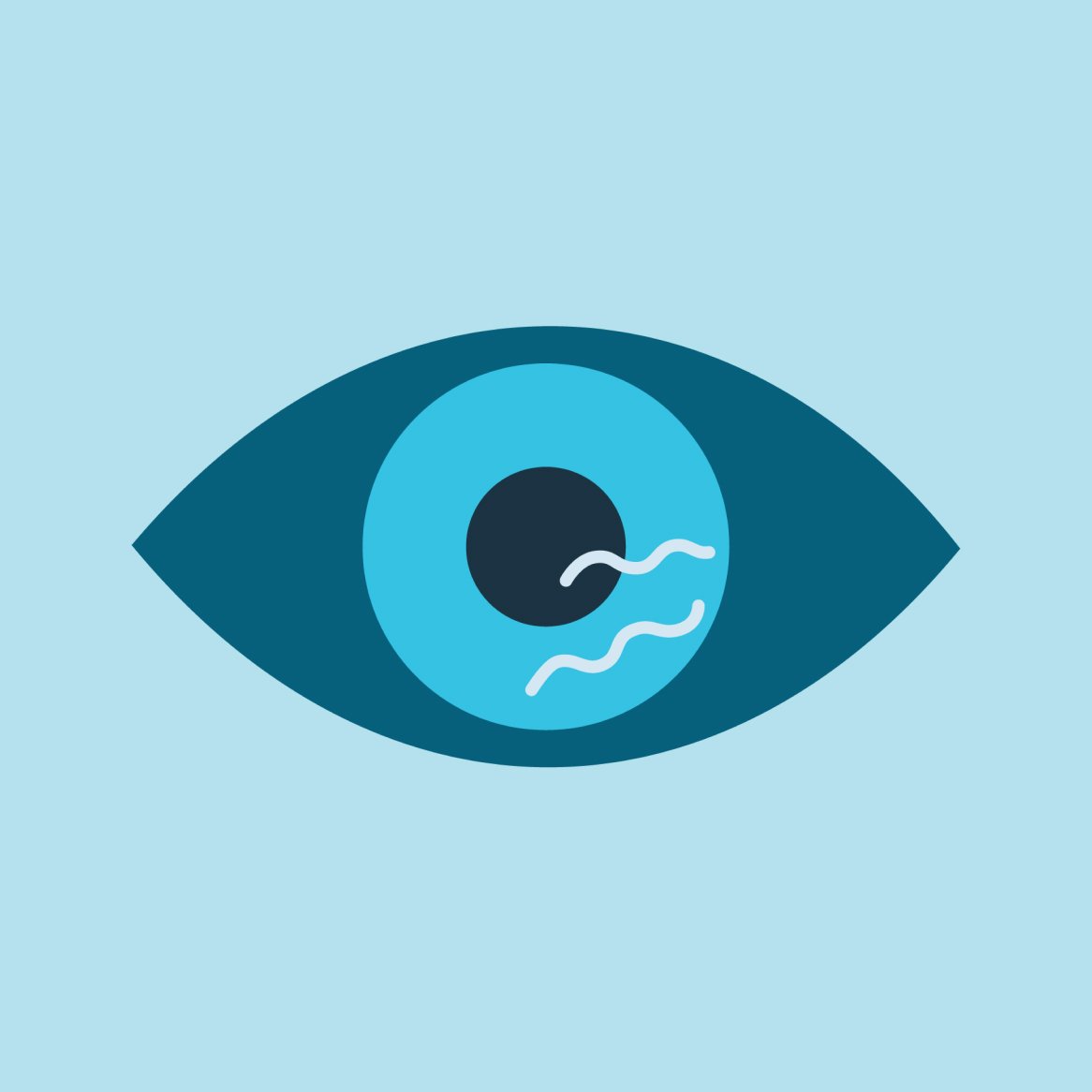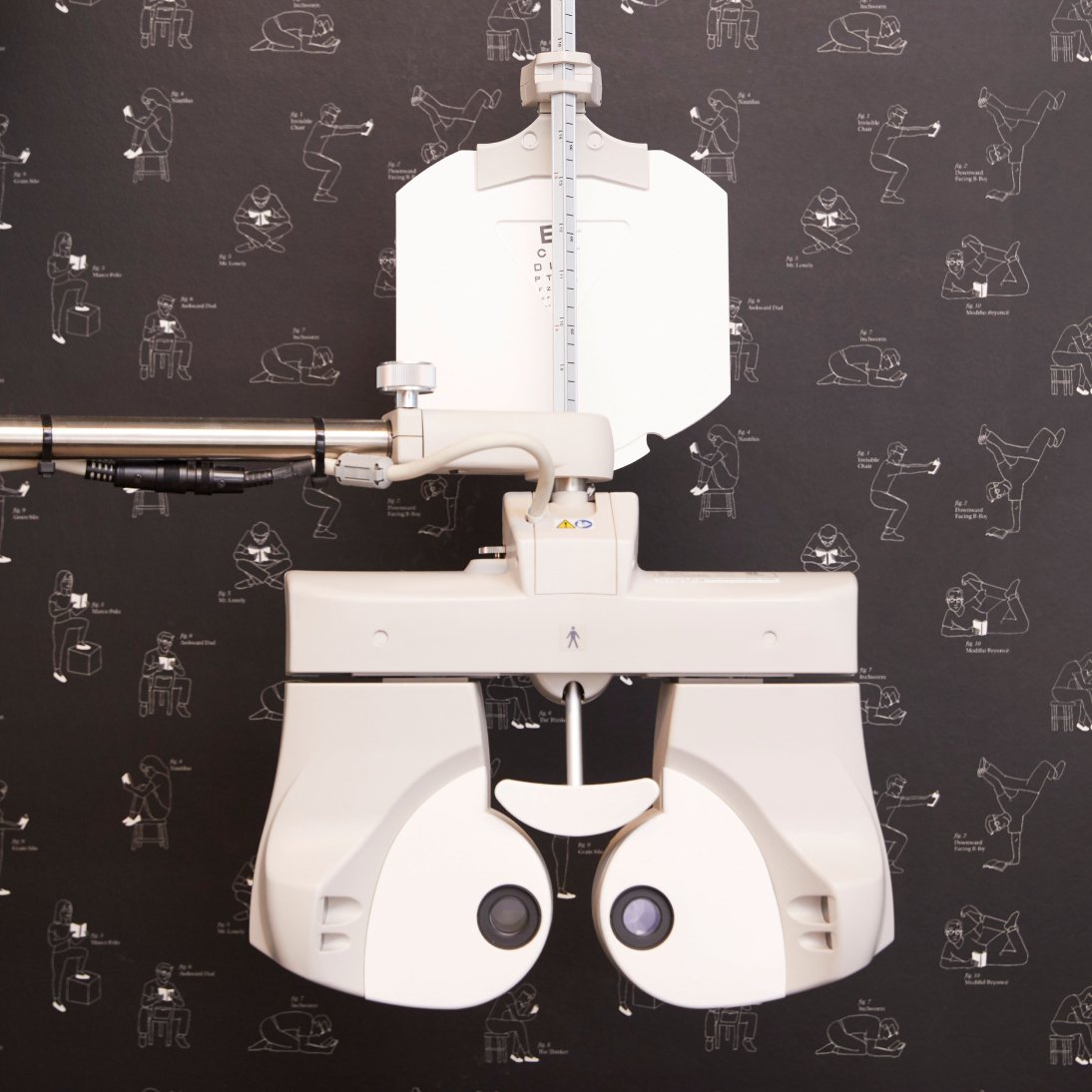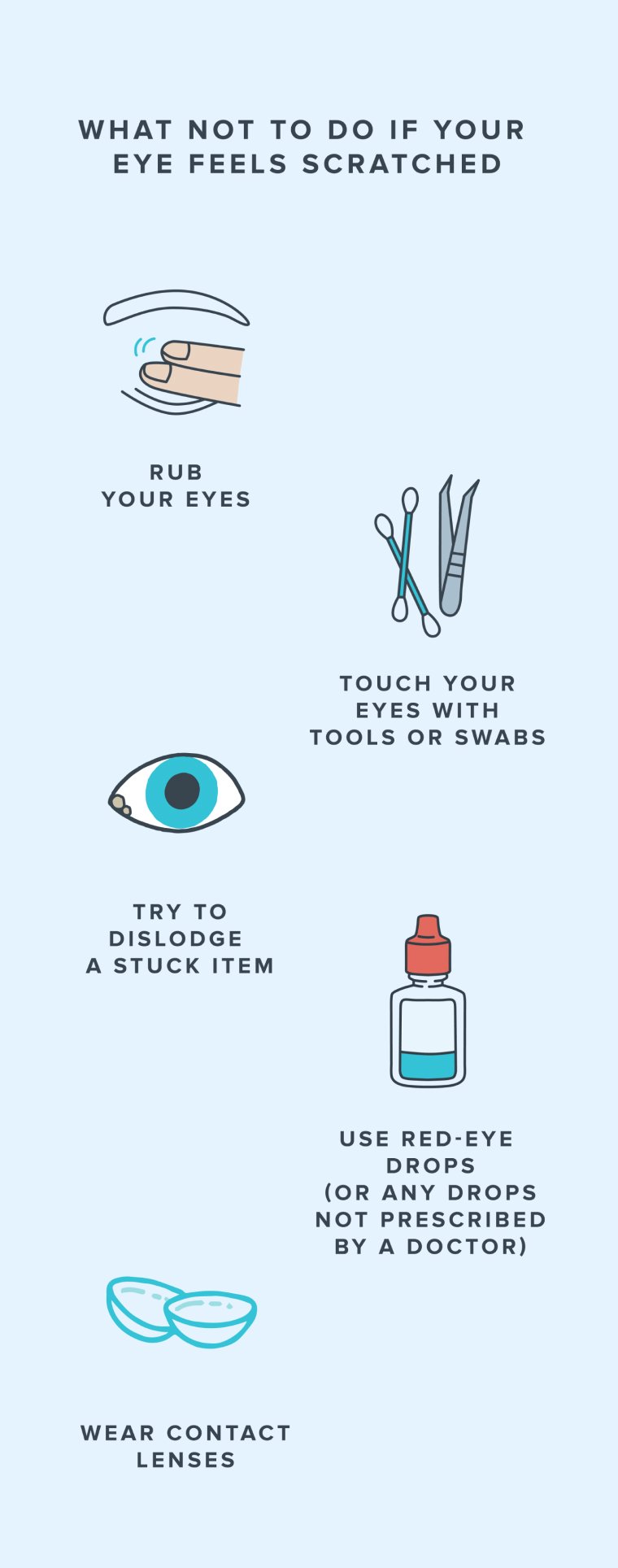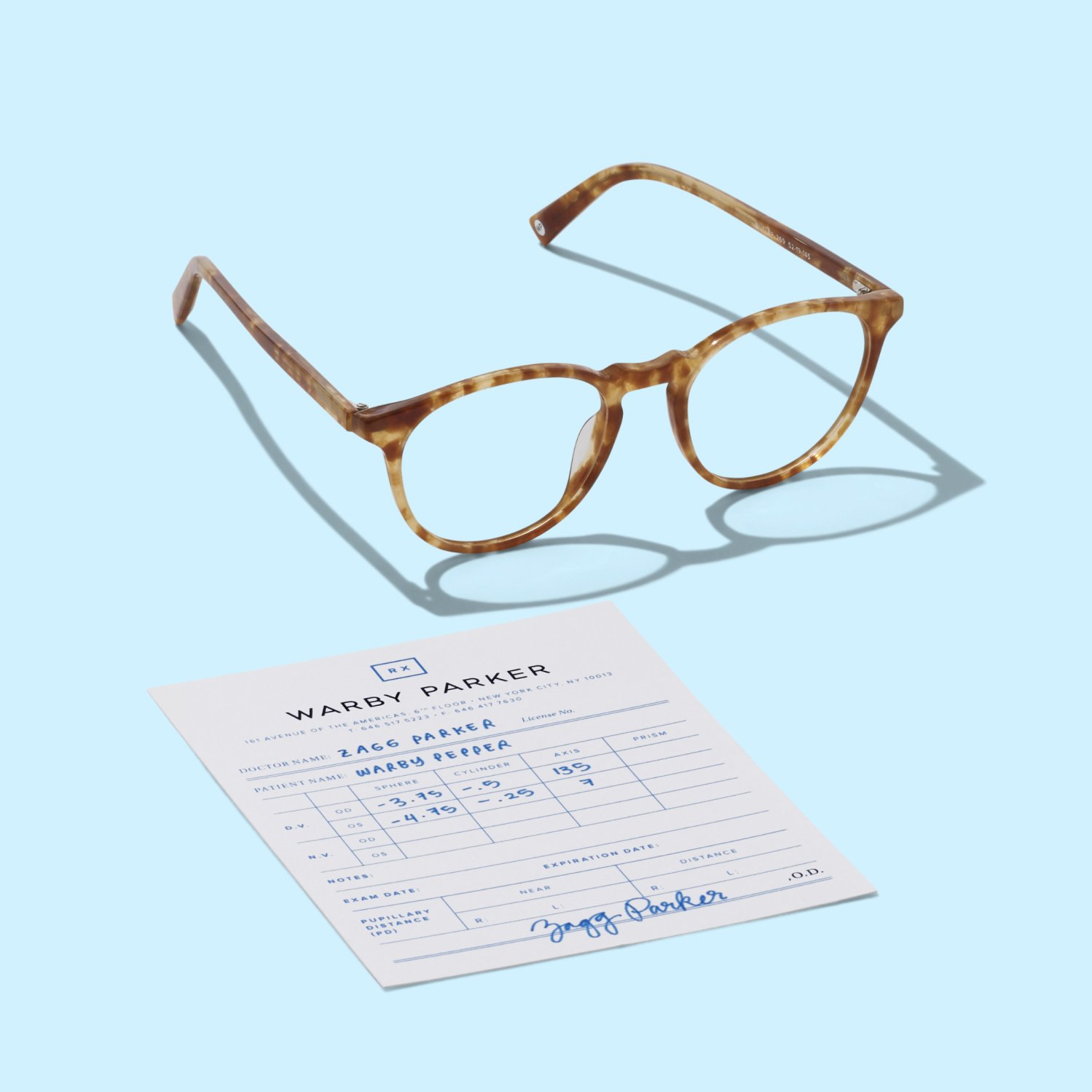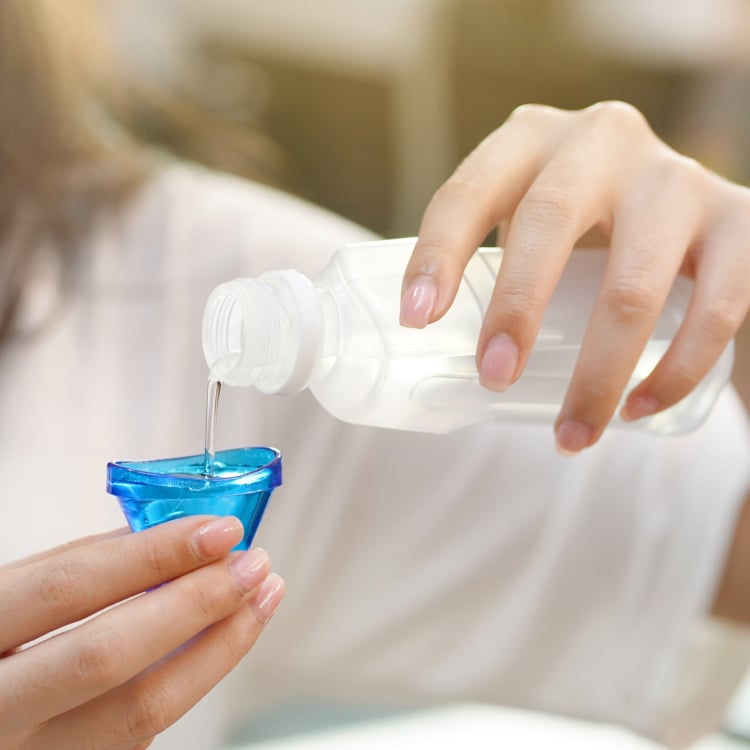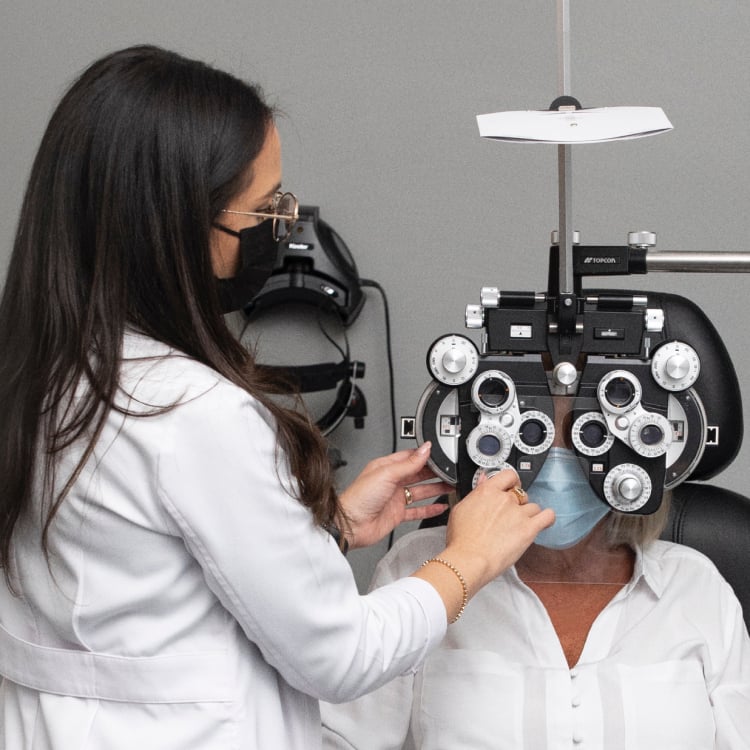A corneal abrasion is a scratch or cut on the cornea—the clear dome at the front of the eye covering the iris and pupil. A corneal abrasion, also known as a scratched cornea or scratched eye, is a very common eye injury.
Having a corneal abrasion can be quite painful. And it can increase your risk of developing a more serious eye condition. So it’s important to see an eye care provider right away if your eye has been scratched.
In this guide, we’ll discuss the causes and symptoms of a corneal abrasion. We’ll also review common scratched cornea treatment options and provide some prevention tips.
Scratched Cornea Symptoms
For the most part, you can’t see corneal abrasions with the naked eye. But if you get a scratched cornea, you’ll probably know right away that something has happened. And sometimes, the symptoms of a corneal abrasion can get worse after some time, possibly after a few hours have passed.
Common signs and symptoms of a corneal abrasion include:
- Blurred vision
- Eye pain ranging from mild to intense
- The feeling of something in your eye (foreign body sensation)
- Headache
- Increase of tears
- Light sensitivity
- Redness
If you have any of these corneal abrasion symptoms or otherwise suspect you have a scratched eye, talk to It’s important to see an eye care provider for diagnosis and treatment.
What Causes a Corneal Abrasion?
Corneal abrasions are caused by something hitting, poking, or getting into your eye. This can happen in all sorts of environments, from sports to work to playing with a pet.
We’ve put together some examples to show you how a corneal abrasion could occur.
- Flying or swinging objects: Just about any object, especially one with a hard or sharp edge, has the potential to cause a corneal abrasion. Thrown toys, a pet’s paw, a piece of paper, swinging sports equipment, or low-hanging tree branches are examples of the wide range of things that could cause a scratched eye.
- Small particles or debris: Small particles or debris like pieces of dirt, dust, wood shavings, or metal fragments can scratch your eye. And if a foreign body gets stuck behind the inside of your upper eyelid, your eye could get scratched each time you blink.
- Your hand or something in your hand: A scratched cornea can also be self-inflicted. For instance, you could scratch your eye with a makeup brush, a handheld tool, or your own fingernail (yet another reason never to rub your eyes).
- Dirty or damaged contacts: A contact lens with an edge that’s rough or torn can cause a corneal abrasion. It can also occur if a piece of foreign material, like a grain of sand, gets stuck between a contact lens and the eye. Corneal abrasions can also result from sleeping in contacts or wearing contacts for too long.
- Chemicals: Certain chemicals like household cleaners—and even detergents and soaps—can splash into the eye and cause a corneal abrasion.
Corneal Abrasion Treatment
Your optometrist or ophthalmologist might prescribe one or more of the scratched cornea treatments and remedies below.
Apply Ointment or Eye Drops
Your doctor might prescribe a topical antibiotic ointment or antibiotic eye drops to prevent infection. They may also prescribe lubricating eye drops to ease discomfort.
Wear a Bandage Contact Lens
For larger corneal abrasions, a bandage contact lens may be placed on the eye to help facilitate healing and reduce sensitivity. It’s important to follow up with your eye doctor and continue use of topical antibiotic drops while wearing the bandage contact lens to minimize the risk of infection. Your doctor will remove the bandage contact lens once the abrasion has fully healed.
Wear Sunglasses
If a corneal abrasion has caused an eye to be sensitive to sunlight, wearing sunglasses can help improve comfort until it resolves.
Corneal Abrasion Healing Time
Typically, a scratched cornea will heal by itself within 24–48 hours. But in serious cases, an untreated corneal abrasion could lead to an eye infection like keratitis or a corneal ulcer
What Not to Do If Your Eye Feels Scratched
For the safety of your eyes, it’s important to take certain precautions:
- Do not rub your eyes: More scratches could occur.
- Do not touch your eye with tools or swabs: You could further injure your eye.
- Do not try to dislodge a stuck item: It could get stuck even more or cause the injury to worsen. Only an eye care provider should do this.
- Do not use redness-reducing eye drops (or any drops not prescribed by a doctor): Eye drops for red eyes won’t help heal your eye and can even worsen pain. Only use eye drops as prescribed by a healthcare provider.
- Do not wear contact lenses: Wear your glasses until the doctor says it’s okay to wear your contacts again.
How to Prevent a Scratched Eye
Taking certain precautions to protect your eyes can help prevent a corneal abrasion, including the tips below.
Wear Protective Eyewear
Wear proper eye protection, like safety glasses or goggles, when in an environment that poses a higher risk of eye injury. Consider wearing protective eyewear while doing yard work, like pruning bushes or mowing the lawn, or when cutting wood or metal. It’s a good idea to wear protective eyewear while playing sports, too.
Use Proper Contact Lens Care
If you wear contacts, proper contact lens care is an important part of preventing corneal abrasions. Follow your eye doctor’s instructions for wearing your contacts, including the wear and replacement schedule. And be sure you know how to clean your contact lenses properly.
Keep Fingers Away From Eyes
Keeping fingers away from your eyes can go a long way in preventing your own hands from causing a scratched cornea.
Accidents Can Happen
Even if you do all you can to prevent a corneal abrasion, there’s still a chance you’ll experience one. If it happens, be sure to follow your eye doctor’s instructions to heal the injury and avoid making it worse.
Corneal Abrasion FAQs
What Does a Scratched Cornea Look Like?
Usually, you can’t see a scratched cornea with the naked eye. But an ophthalmologist can see a corneal abrasion using a slit-lamp biomicroscope or a combination of fluorescein dye and blue light.
Can Contacts Scratch Your Eye?
Yes. Damaged contacts can cause a corneal abrasion. And you can scratch your eye by wearing contacts too long or sleeping in them.
Is it Normal to Have Blurry Vision After a Corneal Abrasion?
Yes. Corneal abrasions can cause blurry vision. Many times, a corneal abrasion will heal within a few days. But it could take several weeks for blurred vision to go away completely. If the blurry vision persists, see an eye care professional for an assessment and treatment.
Can a Corneal Abrasion Cause Vision Loss?
If a corneal abrasion is treated right away, the prognosis for recovery is excellent. But left untreated, corneal abrasions, particularly serious ones that become infected, could lead to vision loss.

